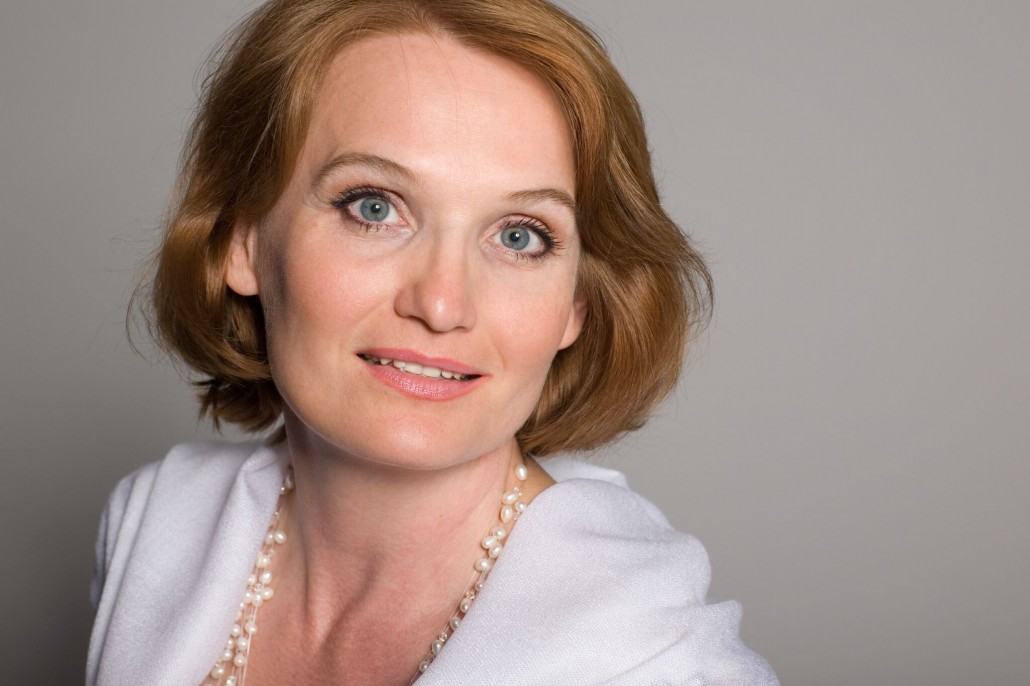Treating Symptoms of Menopause
 Hormone therapy is commonly used to help alleviate the symptoms of menopause, which are caused by reduced estrogen levels.
Hormone therapy is commonly used to help alleviate the symptoms of menopause, which are caused by reduced estrogen levels.
The most well-known symptom of menopause is hot flashes. But other symptoms include disturbances to the sleep cycle and vaginal dryness.
In some instances, hormone therapy also is used to help prevent osteoporosis from developing in women.
Stages of Menopause
Menopause can be broken down into three stages. The first is perimenopause, or the period during which a woman is transitioning into menopause. This generally occurs in the last year of the woman’s regular monthly periods. During this time, menstruation can be erratic or stop altogether.
The second is menopause, which is defined as one year after a woman experiences her last period.
The third stage is postmenopause, which is all the time after menopause occurs.
Two Types of Hormone Therapy
There are two basic types of hormone therapy used to treat women. The first is estrogen-only therapy (ET). This is often prescribed in the wake of a hysterectomy, which is the removal of a woman’s uterus.
The second is estrogen plus progesterone therapy (EPT). This is when progesterone is added to ET to protect women who still have a uterus from developing uterine cancer from using estrogen alone.
How Hormone Therapies Are Taken
Systemic products are taken via pills, patches, gels, sprays or injections and circulate through the bloodstream to reach all parts of the body. They are used to relieve symptoms like hot flashes, night sweats, dry vagina, and osteoporosis.
Local products are used in specific parts of the body, taking the form of rings, creams or tablets that can be used for vaginal symptoms.
There have been many recent studies that have shown that systemic HT can help alleviate many of the most common symptoms of menopause. They also can help improve sleep, allow the resumption of sexual intimacy, and improve the woman’s overall quality of life.










Comments